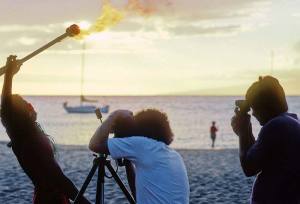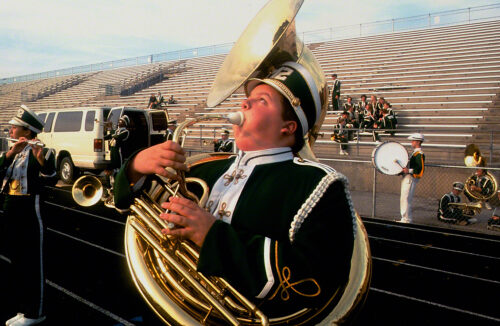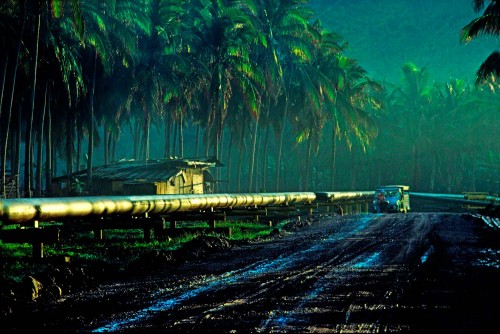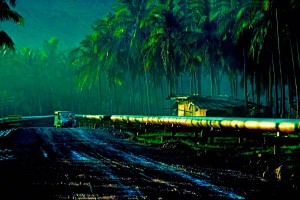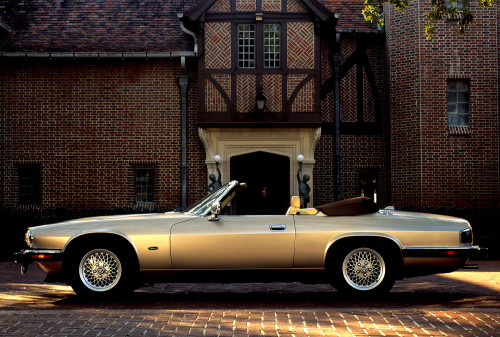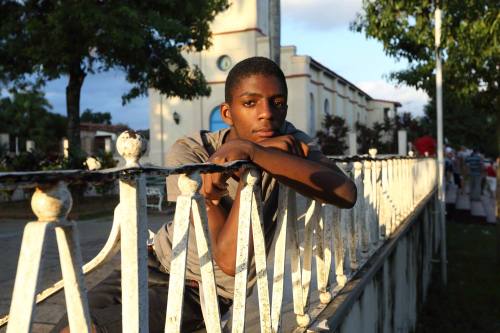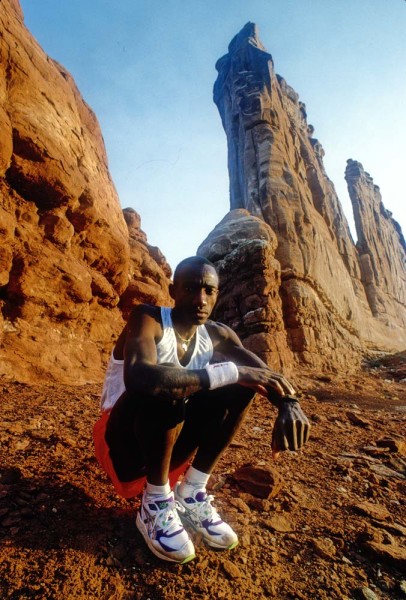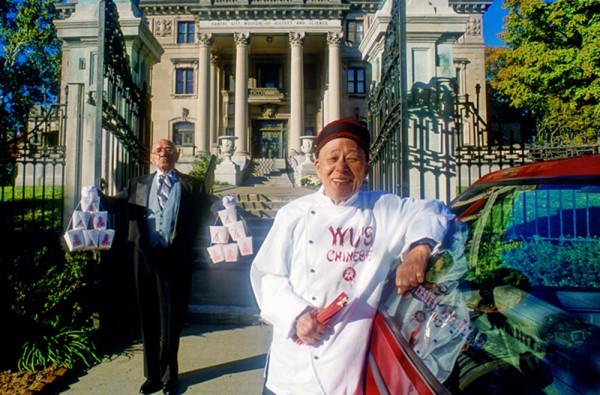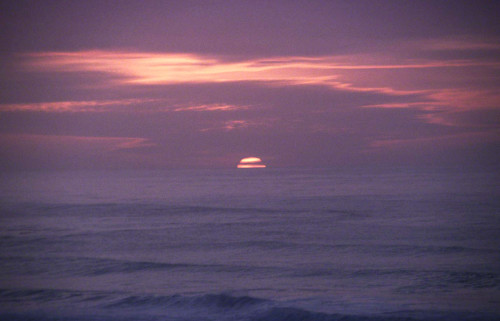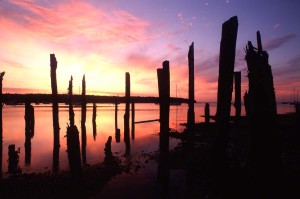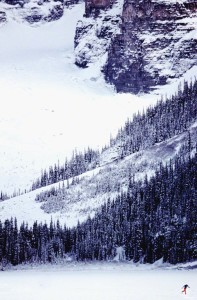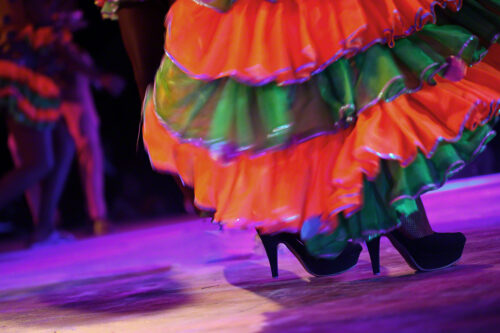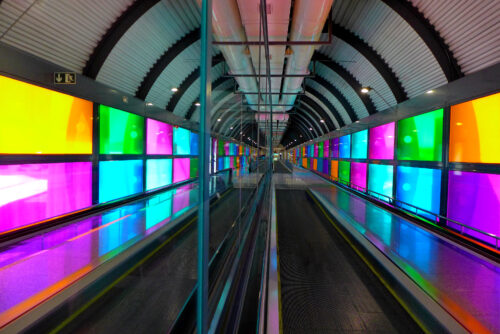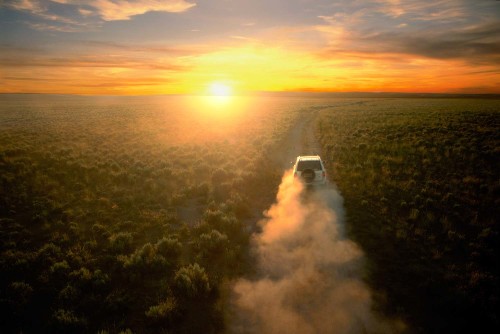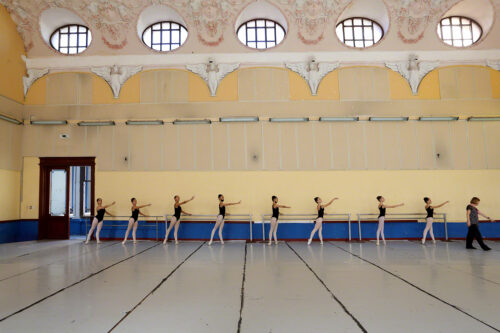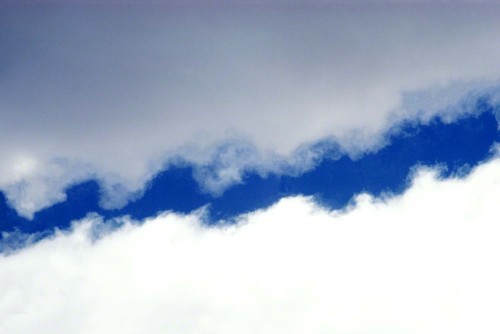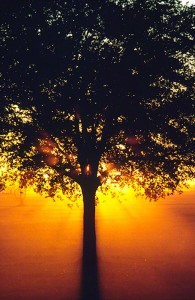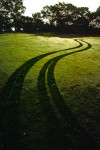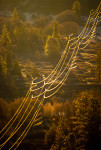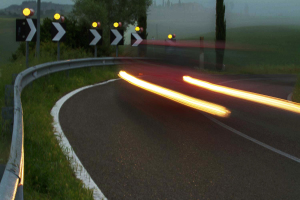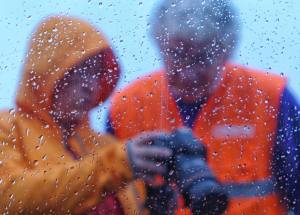16 I teach a four week online class with the BPSOP, and I also conduct my “Stretching Your Frame of Mind” workshops around the planet. What’s the single thread that connects all my fellow photographers to one another? It’s the fact that the vast majority began their love for this creative institution after the advent of the digital camera. Virtually every month , I try to educate these students of mine that you don’t need Lightroom or Photoshop to make good photos. I’m not saying there not great tools, just that you don’t need them to make a good photo.
I teach a four week online class with the BPSOP, and I also conduct my “Stretching Your Frame of Mind” workshops around the planet. What’s the single thread that connects all my fellow photographers to one another? It’s the fact that the vast majority began their love for this creative institution after the advent of the digital camera. Virtually every month , I try to educate these students of mine that you don’t need Lightroom or Photoshop to make good photos. I’m not saying there not great tools, just that you don’t need them to make a good photo.
I recently had a student ask me if I bracketed my photos and combined them in HDR to get the “correct exposure”. This is a clear sign that validates my thinking…she had been told that there was a correct exposure….What????? First of all there’s no such thing as a correct exposure. every picture I’ve ever taken had a different “correct exposure”. How can there be a universal correct exposure? Beat’s the hell out of me. I guess it’s just another one of those things that lie just above my pay grade.
My exposures are based on what I’m feeling at the point of creation. It has solely to do with the message I want to send to the viewer. Bright and sunny, or dark and dramatic…it just all depends…doesn’t it????
Second, I’ve been shooting for forty-four years and most of that was when you bracketed and choose the best exposure. There was no other way to do it; at least when I was shooting color. HDR was the initials of a girl I went out with!!!
Ok, read my lips…YOU DON’T NEED HDR TO CREATE A CORRECT EXPOSURE. IN FACT, YOU DON’T NEED HDR AT ALL!!!
In the above photo, I was shooting a project for United Airlines. One of the toughest assignments I’ve ever had. Five weeks in Hawaii shooting pretty much whatever I wanted..oh the horror!!!
We were invited to take some photos of a popular Luau at the hotel we were staying at. My assistant was standing right next to me giving me readings from my Minolta One-Degree spot meter. Yes, it actually reads just one degree of reflected light at a time. I want to know everything about the light and when it changes. It’s why I never use the meter in my Mark III after crossing over to the digital world. It’s just not as accurate as I want it.
I wanted to maintain the aperture, so my assistant kept yelling out the changes in shutter speeds., until it was too dark to show the fire-eater and the environment around him, and too slow to stop the action. I was able to achieve this on one piece of film, and one exposure.
Visit my website at: www.joebaraban.com, and follow me on Instagram www.instagram.com/barabanjoe. Check out my workshop schedule at the top of this blog. Come shoot me sometime.
JoeB
